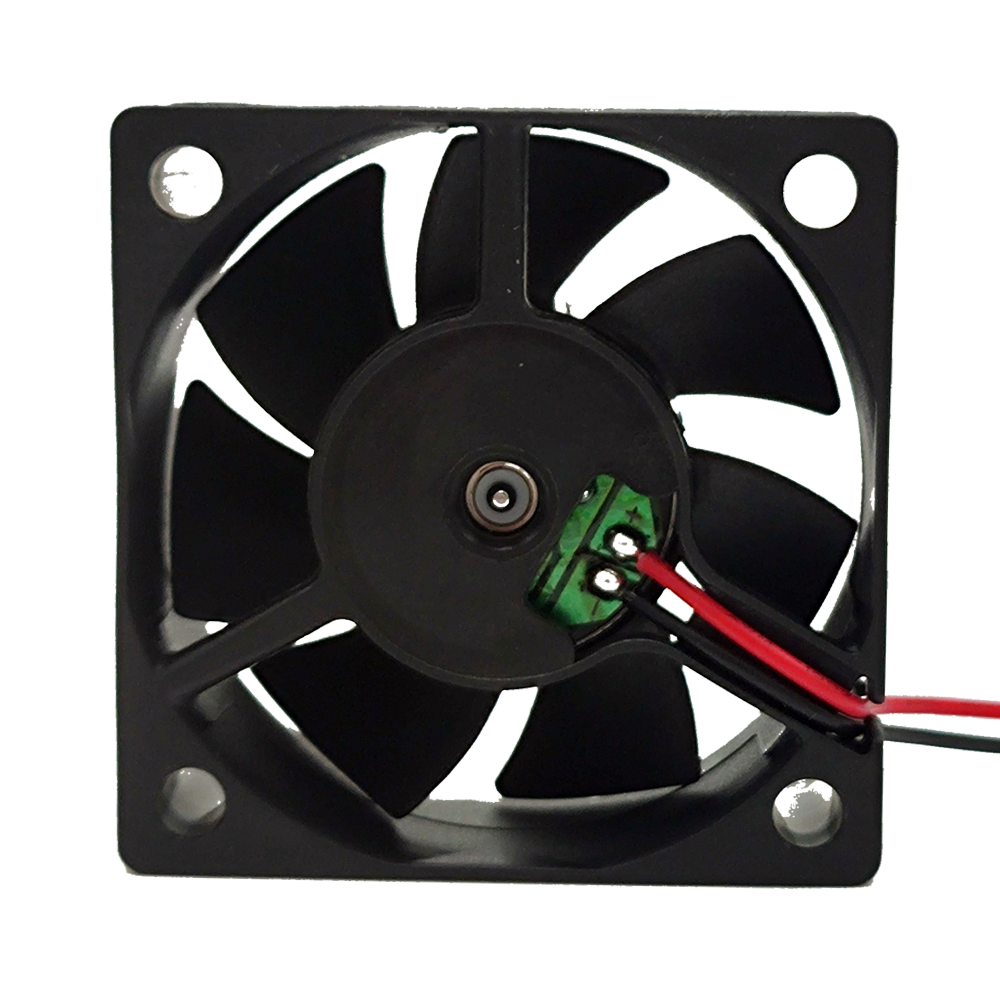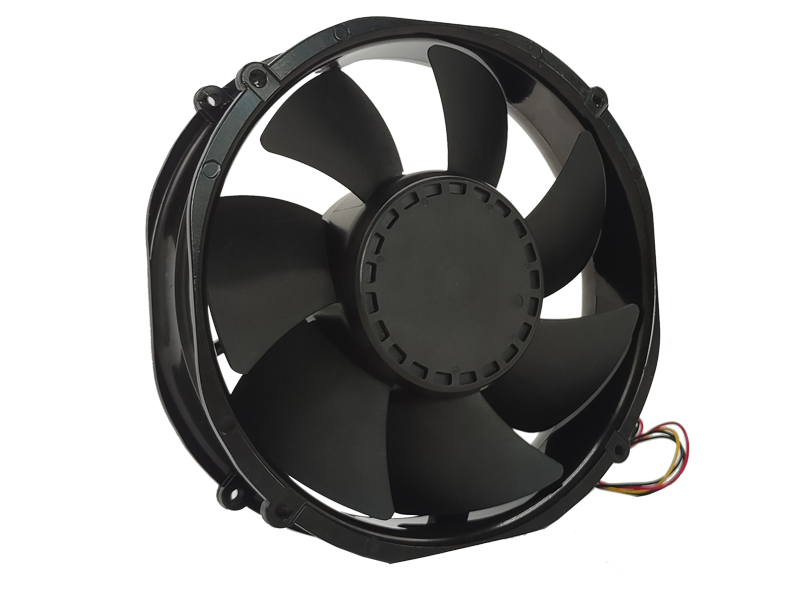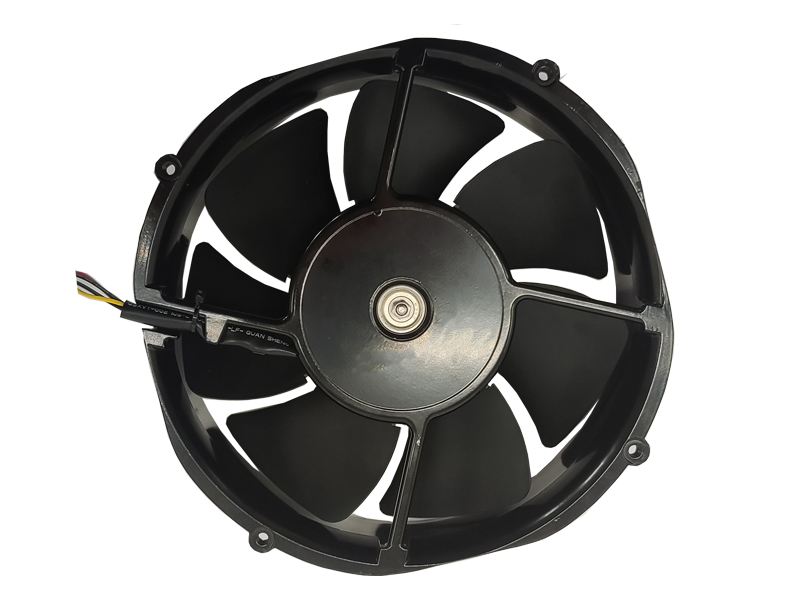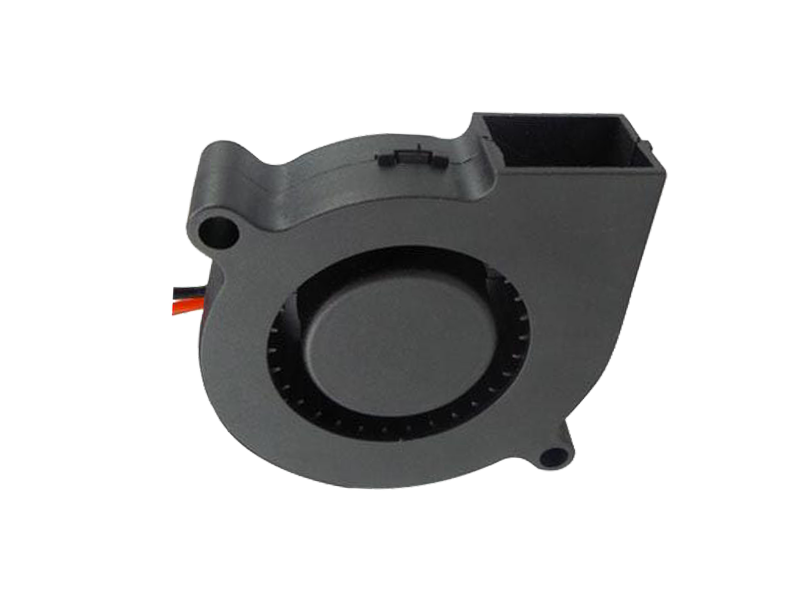In the industrial sector, ensuring that machines and workers operate under optimal conditions is paramount to maintaining high productivity and efficiency. One of the key components that facilitate this is the industrial fan, a device designed to manage airflow and temperature in large-scale operations. These fans are critical in a wide range of industries such as manufacturing, warehousing, agriculture, and even construction, where maintaining air quality, cooling systems, and controlling hazardous fumes are essential.
This article delves into the importance of industrial fans, their diverse applications, and the various factors to consider when selecting an industrial fan for a particular operation. Furthermore, we will explore the evolution of industrial fans and how modern designs are pushing boundaries in terms of energy efficiency and performance.
I. Understanding the Role of Industrial Fans
Industrial fans, unlike regular household fans, are built to handle the rigorous demands of industrial environments. Their main functions include ventilation, cooling, and exhaust, all of which are essential for the smooth operation of industrial processes. They work by circulating large volumes of air to either cool or ventilate specific areas or systems.
In a manufacturing facility, for example, industrial fans can be used to cool down machines that overheat during prolonged use, or to disperse fumes and dust that are harmful to both equipment and workers. They are designed to be robust, reliable, and capable of running continuously for long hours without failure.
The significance of these fans extends beyond just air circulation. In environments where excessive heat or airborne toxins are a concern, industrial fans help maintain a safe and comfortable working environment by controlling temperature and ensuring proper air quality. They also contribute to reducing downtime, which is crucial for maintaining productivity.
II. Applications of Industrial Fans
Industrial fans are utilized across many different sectors. Here are some of the primary applications:
Ventilation in Manufacturing and Warehouses In factories, warehouses, and production plants, industrial fans are essential for removing heat, smoke, or fumes, and providing fresh air to workers. This helps maintain an environment that complies with health and safety standards. Fans that provide a high volume of airflow (known as HVLS fans) are ideal for large warehouses, where cooling the entire space is essential for the comfort and efficiency of workers.
Cooling in Power Plants In power plants, industrial fans are crucial for cooling equipment such as turbines, motors, and other high-temperature components. These fans can significantly reduce the risk of overheating, extending the lifespan of expensive equipment and ensuring that power generation remains uninterrupted.
Exhaust Systems in Chemical Plants In chemical plants, industrial fans are used in exhaust systems to remove hazardous gases, vapors, and fumes from production areas. Fans that are designed to withstand corrosive or explosive environments are especially important in such applications.
Agricultural Ventilation In agricultural settings, such as poultry farms and greenhouses, industrial fans regulate temperature and humidity levels. By circulating air, these fans help prevent heat stress in livestock and maintain optimal growing conditions for crops, which directly impacts productivity and quality.
Air Circulation in Large Buildings For large buildings such as malls, gyms, and office complexes, industrial fans are used for air circulation, making sure that ventilation systems run smoothly and providing relief from stagnant air.
III. Factors to Consider When Choosing an Industrial Fan
When selecting an industrial fan for a specific application, there are several factors to consider. The right fan can improve operational efficiency, minimize energy consumption, and extend the lifespan of both equipment and buildings.
Airflow Requirements One of the primary factors to consider is the airflow needed for the application. Airflow is measured in cubic feet per minute (CFM) or liters per second (L/s), and selecting a fan that provides the right amount of airflow for the specific space is crucial. Too little airflow will result in inadequate cooling or ventilation, while excessive airflow can lead to energy waste and unnecessary costs.
Size of the Facility The size of the space where the fan will be installed is also a determining factor. Larger spaces typically require fans with greater airflow capacity. In large facilities like factories or warehouses, HVLS (High Volume, Low Speed) fans are commonly used because they can move large volumes of air while operating at slower speeds, reducing energy costs.
Energy Efficiency Energy costs are a significant consideration in industrial settings. Efficient industrial fans reduce energy consumption by ensuring that the system works at an optimal level without consuming excessive power. Many modern fans are designed with energy-saving features, such as variable-speed drives, which allow the fan speed to be adjusted according to the workload.
Durability and Maintenance Industrial fans are subject to extreme conditions, including high temperatures, corrosive substances, and dust. As such, it’s important to choose fans that are built to withstand these conditions. Materials like galvanized steel or stainless steel are common for fans used in harsh environments. Additionally, ease of maintenance should be considered to minimize downtime.
Noise Levels Noise is another important consideration, especially in workplaces where it’s crucial to maintain a quiet environment. Industrial fans vary in noise levels, with some models incorporating sound-reducing features, such as advanced motor designs or anti-vibration mounts. When choosing a fan, it is important to ensure that the noise level aligns with workplace standards.
Environmental Considerations In certain applications, fans may be required to operate in hazardous or sensitive environments, such as in chemical or explosive settings. In such cases, explosion-proof fans or fans made from non-corrosive materials must be considered to ensure safety.

IV. The Evolution of Industrial Fans
Over the years, industrial fans have seen significant advancements. Traditionally, industrial fans were designed to run at a constant speed and were often inefficient in terms of energy consumption. However, modern industrial fans have been revolutionized with energy-efficient technologies, including variable-speed motors, advanced aerodynamics, and smart control systems.
One major trend is the rise of smart industrial fans that are capable of adjusting their speed and airflow in response to changes in temperature, air quality, or other environmental factors. These fans can be integrated into automated systems, allowing for precise control over ventilation and cooling, and can even be monitored remotely.
Additionally, as sustainability becomes more important across industries, the demand for energy-efficient, low-carbon-footprint fans has risen. Manufacturers are now focusing on producing fans that not only offer superior performance but also comply with increasingly stringent environmental regulations.
V. Conclusion
Industrial fans play a vital role in enhancing the efficiency, safety, and productivity of various industries. From maintaining air quality in manufacturing plants to cooling equipment in power stations, industrial fans are indispensable. When selecting an industrial fan, it’s important to consider factors such as airflow capacity, energy efficiency, durability, and environmental conditions.
As technology continues to evolve, we can expect industrial fans to become even more energy-efficient, smarter, and capable of meeting the diverse needs of industries worldwide. By investing in high-quality industrial fans, businesses can not only improve their operational efficiency but also reduce costs, enhance worker comfort, and extend the lifespan of their equipment.
Recommended Products

The main purpose:Car charging station

The main purpose:Car charging station

The main purpose:Electronic refrigerators, water dispensers, direct drinking machines, inverter power supplies
Address:No. 4137, Longgang Avenue (Henggang Section), Henggang Community, Henggang Street, Longgang District, Shenzhen
hotline:13530005572(Chen)15112579390(Li)


Welcome all friends to come for consultation and negotiation.
Copyright 2024 @ Shenzhen Youneng Xinyuan Electronics Co., Ltd.,(industrial fans,industrial blowers,axial fans,cooling fans manufacturer,centrifugal fans,ac cooling fans,dc cooling fans)